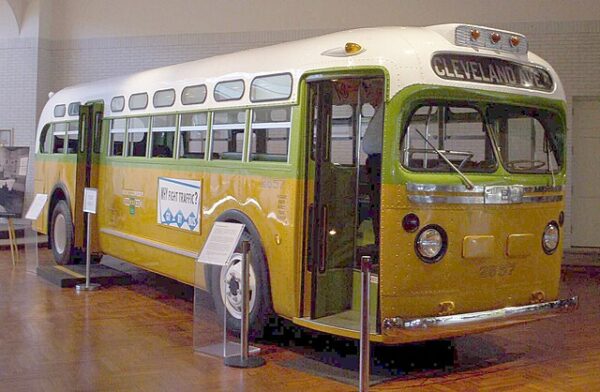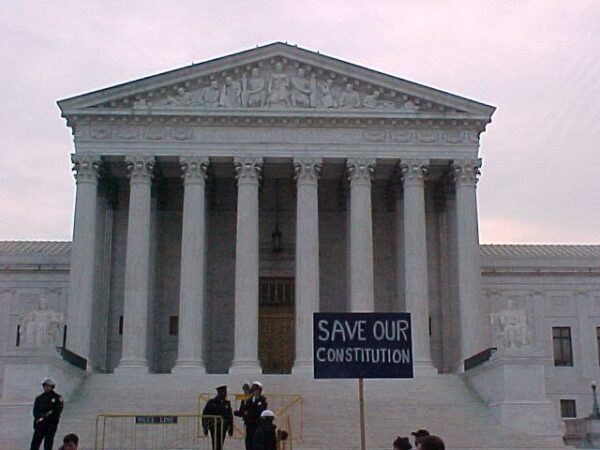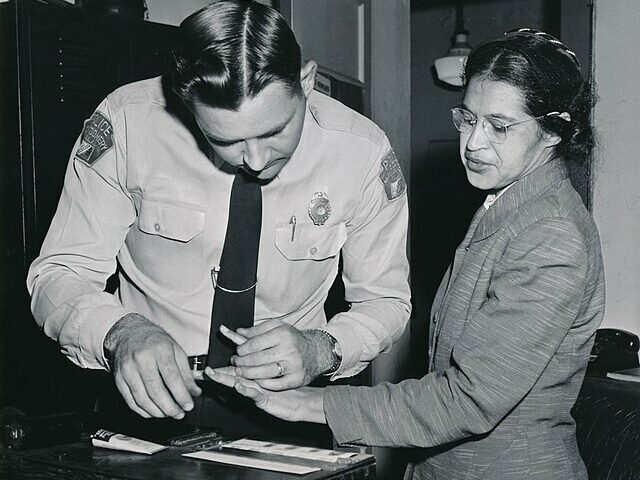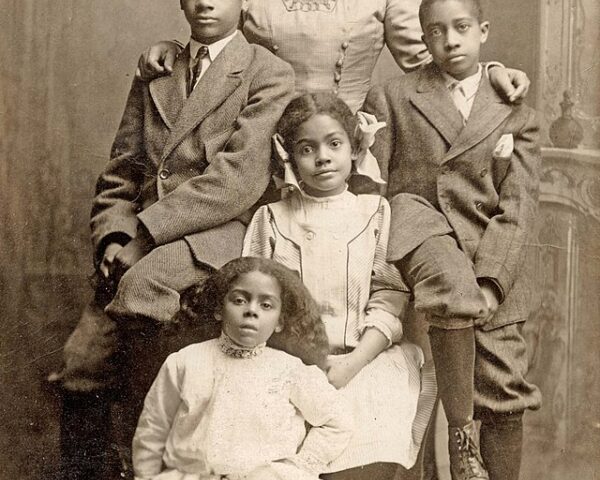On November 13, 1956, the Supreme Court of the United States delivered a landmark decision declaring Alabama’s laws requiring racial segregation on public buses unconstitutional. This ruling marked the official end of the Montgomery bus boycott, a pivotal event in the American Civil Rights Movement that had lasted over a year and galvanized national attention on the fight for racial equality. The Court’s ruling invalidated the practice of segregated seating on buses in Alabama, a system that forced Black passengers to sit at the back of the bus and often relinquish their seats to white passengers when the bus was full. This decision underscored the judicial system’s role in dismantling institutionalized racism and set a powerful precedent that influenced subsequent civil rights cases and legislation.
The Montgomery bus boycott began on December 5, 1955, in response to the arrest of Rosa Parks, a Black woman and civil rights activist who refused to give up her seat to a white man. Parks’ act of defiance became a symbol of resistance to racial discrimination and inspired the Black community in Montgomery to take a stand against the city’s segregationist policies. Under the leadership of Dr. Martin Luther King Jr., the boycott rapidly gained momentum, becoming one of the first major organized movements of the Civil Rights era.
During the 381-day boycott, thousands of Black residents in Montgomery refused to use public buses, depriving the city’s transit system of its primary ridership. This peaceful but powerful protest aimed to pressurize the city into desegregating its buses. Despite the financial toll on the city and the transit authority, Montgomery officials and bus company representatives initially resisted any changes. They faced legal challenges, economic losses, and ongoing demands from the protesters, who organized carpools, walked, and found alternative transportation methods to sustain the boycott.
The case, formally known as Browder v. Gayle, was brought before the federal courts, with plaintiffs arguing that bus segregation violated the 14th Amendment’s Equal Protection Clause. After considerable deliberation, a lower court ruled in favor of the plaintiffs, a decision that was upheld by the Supreme Court in November 1956. The Court’s decision was grounded in the landmark 1954 case Brown v. Board of Education, which declared racial segregation in public schools unconstitutional. Drawing on this precedent, the Court found that segregation on public transportation was equally unconstitutional.
With the Supreme Court’s ruling, the legal framework that sustained segregated buses in Montgomery and across Alabama was dismantled. The city received the Court’s official mandate on December 20, 1956, ordering an end to racial segregation on public buses. The following day, Black residents in Montgomery boarded the buses as equals, marking a profound change in their everyday lives and serving as a tangible victory in the broader Civil Rights Movement.
The end of the Montgomery bus boycott was a historic milestone that had significant ripple effects throughout the nation. It was one of the earliest large-scale demonstrations of nonviolent resistance to racial injustice in the United States, establishing a blueprint for future civil rights actions. Dr. King, who emerged as a prominent leader during the boycott, continued to use principles of nonviolent protest to push for civil rights reform, becoming one of the movement’s most influential figures.
The boycott also highlighted the power of community organization and unity in the face of adversity. Black residents in Montgomery demonstrated immense resilience and solidarity, showing that collective action could challenge deeply entrenched systems of oppression. The boycott was also a financial strain on many participants, who often had to walk long distances to work or pay for alternative transportation, but their determination brought about monumental change.
Following the Supreme Court’s decision, other cities in the South faced mounting pressure to desegregate their transit systems, and civil rights advocates were emboldened to challenge other forms of racial discrimination. This victory paved the way for subsequent legislation, including the Civil Rights Act of 1964 and the Voting Rights Act of 1965, both of which were crucial in dismantling legal segregation and advancing racial equality in America.






